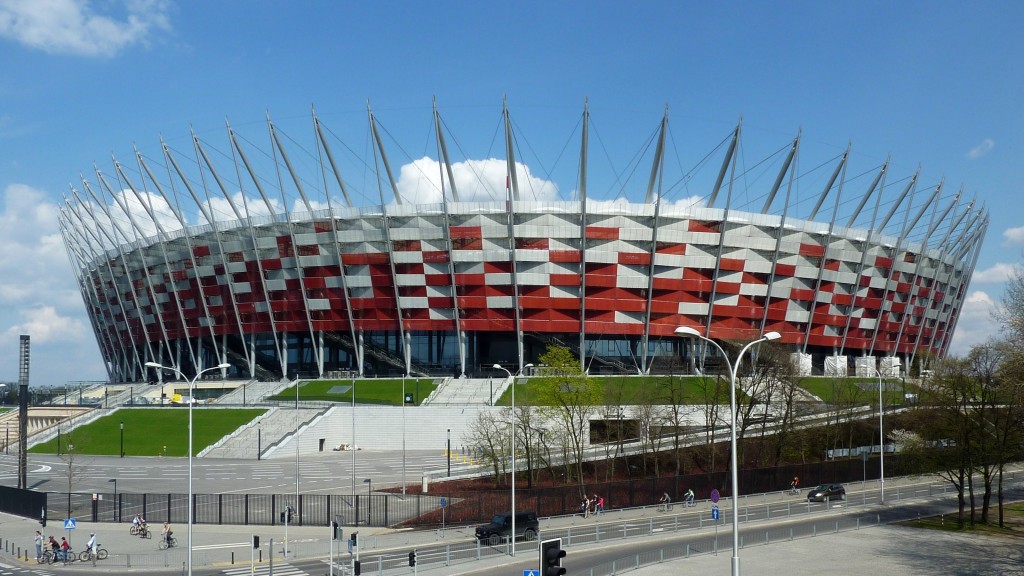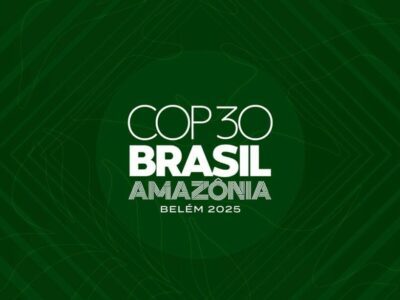The Olympics of Climate Change: Warsaw 2013
What to know, where to watch
It’s that time again!
The United Nations’ COP19/CMP9 Climate Change Conference kicked off this week in Warsaw, the start of two weeks of international discussion on climate change. The conference hosts the parties to the United Nations Framework Convention on Climate Change and the Kyoto Protocol, as a yearly update and check-in on these treaties, and a general opportunity for the world to talk climate change. It’s kind of like the Olympics, without the emotional uplift, or the badminton. In keeping with that theme, this year’s Climate Change Olympics are being held in Poland’s National Stadium.

This year’s talks aren’t expected to be particularly earth cooling. The real action is planned for 2015, when the party countries plan to reach an agreement for climate change policy commitments. This year’s conference is largely meant to hammer out some of the details for that agreement. That means the current talks are important, just not in terms of immediate action.
There’s plenty of other stuff to discuss, though; mostly, the need for that immediate action. Earlier this year, the Intergovernmental Panel on Climate Change released the first section of its Fifth Assessment Report, dealing with the physical science of climate change. The finalized version of the Summary for Policymakers, complete with graphics and tables, was published Monday. This report updates the science of climate change to reflect present understanding, or at least a conservative consensus. The report utilizes four models which predict 2100 temperature increases of between 1.0 and 3.7 degrees Celsius (1.8 to 6.7 degrees Fahrenheit), and sea level rises between .40 to .63 meters (about a foot and a half to two feet), with margins on either side.
Another topic of discussion hot off the presses this month is the UN Environment Program’s 2013 Emissions Gap Report. This report updates information on the “gap”: the difference between emission levels consistent with meeting warming targets of 1.5 or 2° Celsius, and levels expected under present pledges and commitments. The gap is getting pretty big, and it doesn’t look like we’re going to meet those goals. UNEP Executive Director Achim Steiner characterizes the Report as “a call for political action”:
The challenge we face is neither a technical nor policy one – it is political: the current pace of action is simply insufficient. The technologies to reduce emission levels to a level consistent with the 2° C target are available and we know which policies we can use to deploy them. However, the political will to do so remains weak.







Reader Comments